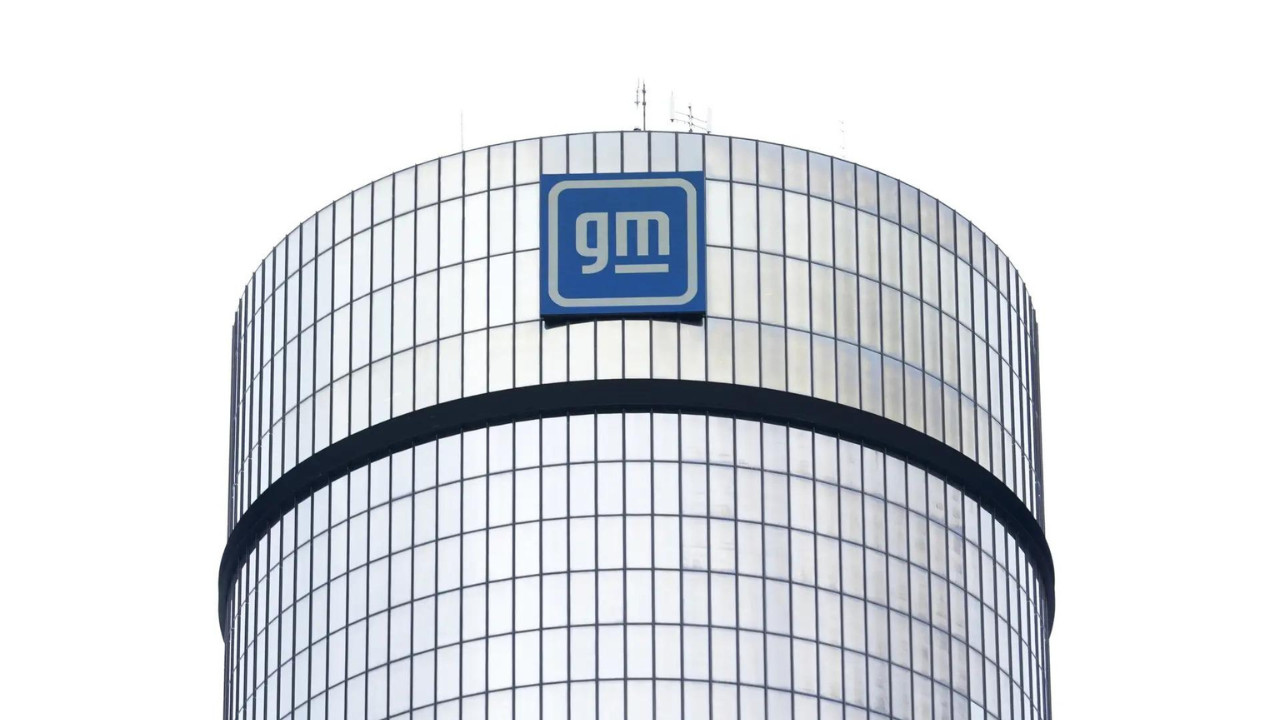General Motors reported a 35% decline in second-quarter profit, reaching $1.89 billion, but exceeded Wall Street expectations. Despite tariff-related challenges, GM maintained its full-year earnings forecast, offsetting impacts through cost initiatives and strategic pricing. The company’s EV sales increased, reaffirming its commitment to electric vehicle production amidst broader industry strains from trade policies.
Navigating the Shifting Gears: What’s Behind GM’s Recent Performance?
General Motors, a name synonymous with American automotive history, recently revealed its Q2 performance, and the numbers tell a complex story. While the company remains a formidable player in the global market, a 3.5% dip in profit raises some interesting questions about the road ahead. Let’s unpack what’s driving these changes and what it might mean for the future of the auto giant.
Tariffs and Tightropes: A Billion-Dollar Balancing Act
One of the most significant factors impacting GM’s bottom line is the escalating cost of tariffs. The company has openly stated that tariffs have cost them a staggering $1.1 billion so far. Think about that for a moment. That’s a billion dollars that could have been invested in research and development, new technologies, or even boosting employee wages. Instead, it’s being absorbed by the complexities of international trade. This isn’t just about GM; it’s a stark reminder of how global trade policies can directly impact even the largest multinational corporations. The cost of imported components, especially from China, seems to be a major contributing factor to this tariff burden.

Maintaining the Course: Holding Steady Amidst Headwinds
Despite the profit decline and the tariff burden, GM is holding firm to its full-year forecast, which was actually lowered back in May. This suggests a cautious optimism – a belief that the company can weather the current storm and still achieve its financial goals. However, it also raises the question: what levers are they pulling to make this happen? Are they cutting costs elsewhere? Are they relying on strong sales in specific segments or regions? It’s a balancing act, undoubtedly, requiring careful management and strategic decision-making. Could the focus on electric vehicle production be one of these decisions? We touched on the future of electric vehicles in another article if you’re interested in learning more.
Beyond the Numbers: A Glimpse at the Bigger Picture
The story behind GM’s Q2 performance is more than just numbers on a spreadsheet. It’s a reflection of a rapidly changing automotive landscape. The industry is facing unprecedented disruption, from the rise of electric vehicles and autonomous driving to evolving consumer preferences and global economic uncertainties. GM is actively navigating these challenges, investing heavily in electric vehicle development, exploring new mobility solutions, and adapting its business model to remain competitive.
Electric Avenue: Shifting Towards a Sustainable Future
GM’s commitment to electric vehicles is undeniable. The company has pledged billions of dollars to electrify its fleet, and the development of models like the Cadillac Lyriq and the Chevrolet Bolt EUV shows they’re serious about capturing a significant share of the EV market. However, the transition to electric vehicles is not without its challenges. From securing battery supplies to building out charging infrastructure, there are plenty of hurdles to overcome. How successfully GM navigates this transition will be a key determinant of its long-term success.
Consumer Sentiment: Gauging the Pulse of the Market
Ultimately, GM’s performance hinges on consumer demand. Are people buying cars? What types of cars are they buying? How are rising interest rates and inflation impacting purchasing decisions? Consumer sentiment is a fickle beast, influenced by a complex interplay of economic factors, personal preferences, and even social trends. Keeping a close eye on these trends and adapting to changing consumer needs is crucial for GM to maintain its market share and drive future growth.
Navigating the Road Ahead: Key Takeaways
GM’s recent performance offers a glimpse into the challenges and opportunities facing the automotive industry. While the profit decline and tariff burden are cause for concern, the company’s commitment to electric vehicles, its focus on innovation, and its ability to adapt to changing market conditions suggest a resilience that could pave the way for long-term success. The road ahead may be bumpy, but GM appears determined to stay the course and drive towards a sustainable and profitable future. The ability to overcome the headwinds and execute their strategy will determine if they maintain their global automotive leadership position.







